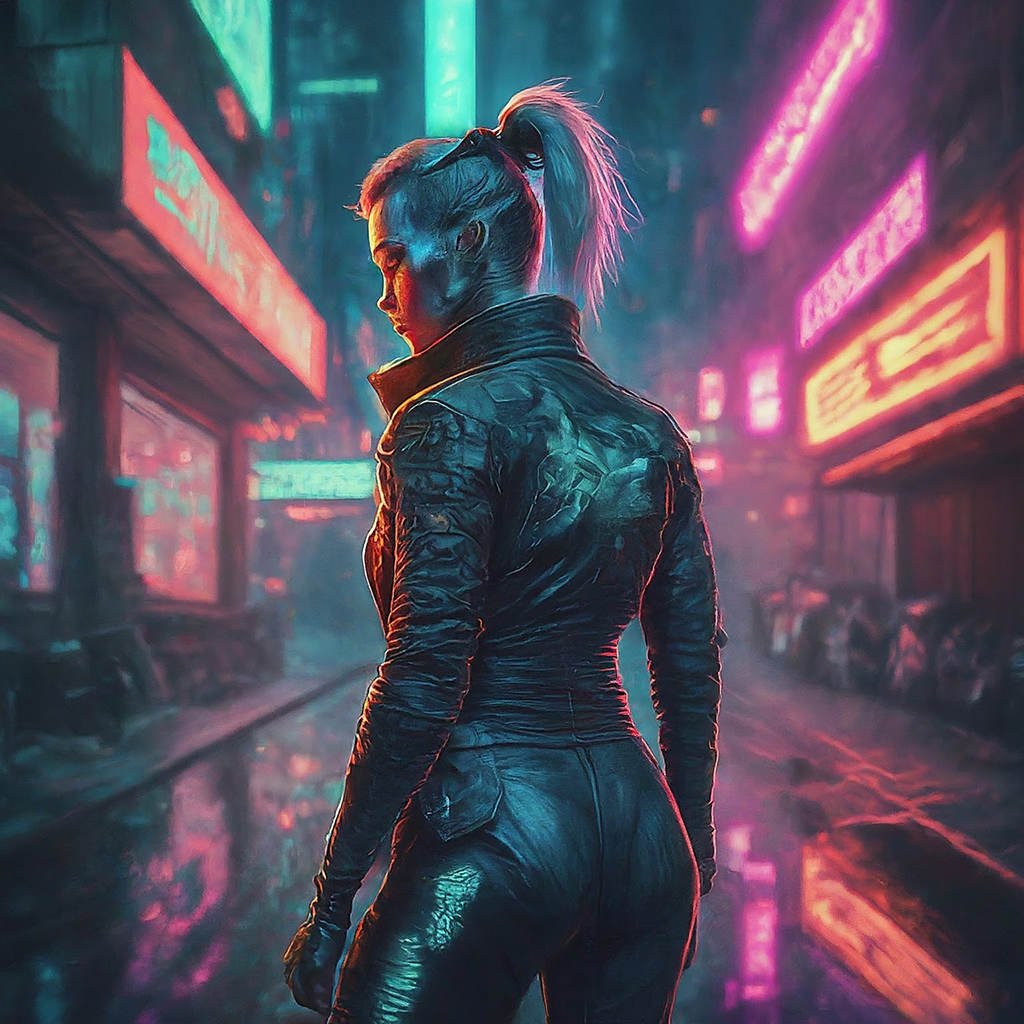Have you ever wished you could turn your wildest ideas into stunning works of art with just a few words? That’s the magic of Bard’s image generation feature, where your descriptions blossom into captivating visuals. But crafting image prompts that perfectly capture your vision can be tricky. Fear not, fellow creative minds! This guide equips you with powerful strategies to unlock Bard’s potential and bring your visual stories to life.
Set the Stage: Define Your Scene and Mood
Imagine the foundation of your artwork. Is it a breathtaking mountain vista bathed in golden sunlight, or a whimsical cartoon bursting with vibrant colors? What emotions do you want to evoke? Tranquility, excitement, or a touch of mystery? Clearly defining these aspects sets the stage for Bard to interpret your artistic vision.
Sensory Spectacle: Immerse Viewers with Details
Transport your viewers right into the scene. Describe the lighting, whether it’s the warm glow of a fireplace or the soft luminescence of the moon. Paint a picture with words, mentioning the textures of windswept leaves or the glistening surface of a lake. Don’t forget the sounds! Is it the gentle chirping of crickets or the electrifying roar of a crowd?
Action & Emotion in Motion: Bring Your Image to Life
What unfolds within your image? Are characters locked in a heated debate or lost in peaceful contemplation? Infuse your prompt with dynamic verbs and descriptive adjectives that capture the essence of the scene. Remember, even abstract pieces can tell stories; imbue them with emotional depth to resonate with viewers.
Artistic Inspiration: Channel Your Inner Art Enthusiast
Embrace your inner art aficionado! Reference your favorite painting styles or artists. Perhaps you envision a scene reminiscent of Monet’s impressionistic brushstrokes or the bold lines and colors of a Picasso masterpiece. Mentioning specific artworks or styles can nudge Bard in the right direction.
Refine & Iterate: The Journey to Masterpiece
Remember, the creative process is a journey, not a destination. Start with basic image prompts and gradually add details as you see Bard’s interpretations. Utilize the “similar images” feature to explore variations based on your initial prompt. Don’t be afraid to mix and match elements from different prompts to create unique masterpieces.

Example Image Prompt:
Imagine a gritty cyberpunk cityscape at night, illuminated by neon signs and holographic advertisements that cast a kaleidoscope of colors across rain-slick streets. The air thrums with the low hum of machinery and the distant wail of sirens. Puddles reflect the neon lights, their surfaces shimmering like broken mirrors. The scent of exhaust fumes mingles with the metallic tang of ozone, creating a distinctly urban aroma. A lone figure, clad in a leather jacket and glowing cybernetic implants, navigates the maze of alleyways, their expression determined yet watchful. Their footsteps echo in the stillness, each punctuated by the rain dripping from nearby fire escapes. Above, a holographic billboard flickers with the image of a powerful corporation, its message of control contrasting with the gritty reality below. Think Blade Runner meets Akira, with a hyper-realistic style and a touch of anime influence.
Bonus Tips: Pro-Level Image Prompt Writing
- Keywords are your friends: Use terms relevant to your desired content, like “futuristic cityscape” or “underwater coral reef.”
- Composition matters: Consider the arrangement of elements in your description for a balanced and visually appealing image.
- Keep it concise: Avoid redundancy and lengthy descriptions, letting Bard’s AI work its magic.
- Fine-tune and flourish: Use Bard’s editing tools to adjust elements like color, lighting, and style for a final flourish.
With these strategies in your arsenal, you’re well on your way to generating image prompts and becoming a Bard image generation pro. So, unleash your creativity, experiment, and have fun transforming your words into stunning visuals!
